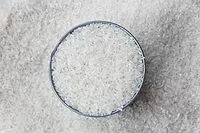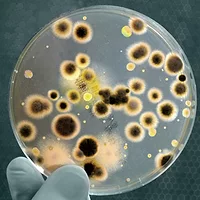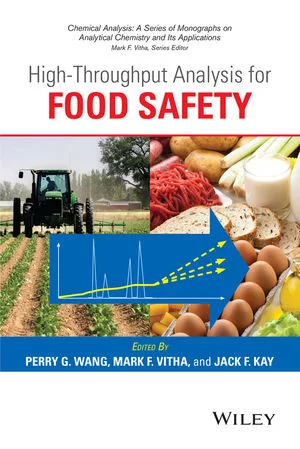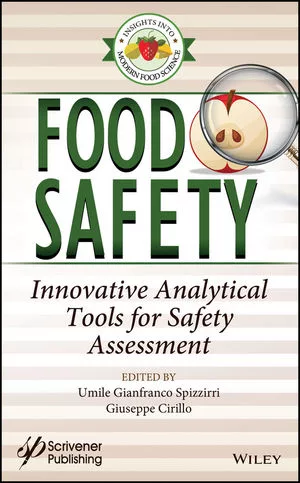Automated Sample Preparation Coupled with Mass Spectrometry Detection for Food Matrices
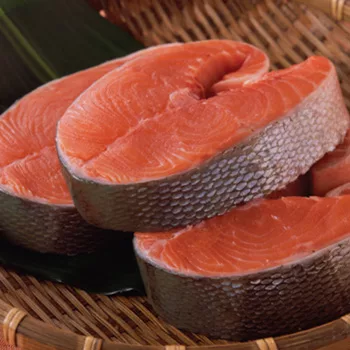
Every food analysis starts with sample preparation, which is widely accepted as one of the most critical steps of food-related liquid chromatography/mass spectrometry (LC/MS) analysis. Currently, increased demand for higher throughput, accuracy, reproducibility and lower matrix interference from food analysis laboratories has made sample preparation one of the largest bottlenecks. In addition, in the course of monitoring multiple chemical contaminants in food, it is very common to test a variety of matrices, often requiring multiple sample preparation and/or LC/MS methods.
Current Methods
Currently, liquid/liquid extraction and solid-phase extraction (SPE) are two of the most widely used methods to isolate and/or enrich target analytes from food matrices. When done manually, these offline techniques are often labor-intensive, time-consuming and costly, resulting in low sample throughput and sometimes poor reproducibility.
TurboFlow Technology
Thermo Scientific TurboFlow technology is capable of yielding generic methods for a wide-range of analytes and matrices. An LC/MS system (Thermo Scientific Transcend TLX system) powered by turbulent flow chromatography (TurboFlow™ technology) was utilized to separate analytes from various matrices prior to MS (or MS/MS) analysis. The system injected the raw sample directly onto a narrow diameter (0.5 mm) TurboFlow chromatography column packed with large particles. Turbulence is created inside the column by high linear velocity and large particles, which force large molecules to quickly flow through to waste while retaining the small molecule analytes. The technology is an improvement over traditional off-line SPE because it utilizes reusable extraction columns in a closed system, reducing the time required for offline sample preparation from hours to minutes. It also allows automatic removal of proteins and larger molecules in complex mixtures by combining turbulence, diffusion and chemistry. By directly injecting food samples into the LC/MS system, food safety and quality laboratories can achieve significant analytical improvements by eliminating time-consuming and costly sample preparation steps. Herein, we use a method for antibiotic residue measurement in various meat and seafood matrices as an example.
Results
Fifteen analytes were selected to represent seven classes of common antibiotics: cephalosporins, fluoroquinolones, sulfonamides, tetracyclines, β-lactam, aminoglycosides and macrolides, which range from polar to highly non-polar. Five different matrices (i.e., beef, chicken, pork, turkey and salmon) were tested. The results indicated that all the analytes were well separated and the carryovers were minimal. Matrix-matched calibration standards showed good linear responses for all of the analytes investigated. In addition, the matrix blind assay shows that all compounds have acceptable recovery in all five studied matrices, indicating that current methodology is generic for a wide range of antibiotics measured in various food matrices.
Summary
Automated online sample preparation utilizing turbulent flow chromatography coupled with LC-MS/MS and complementary techniques have gained popularity in the food safety arena. This online TurboFlow method is generally matrix blind for five tested meat and seafood matrices. Unlike traditional SPE, the current strategy is generic for a wide range of antibiotic compounds.
www.thermoscientific.com/transcend
Looking for quick answers on food safety topics?
Try Ask FSM, our new smart AI search tool.
Ask FSM →



